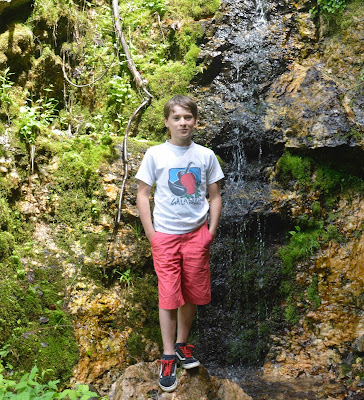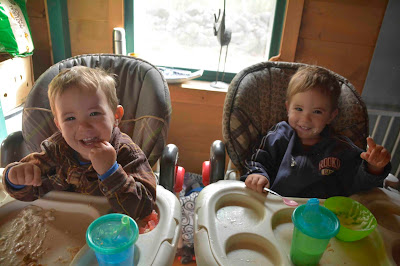 |
| At the Kavanaugh hearing |
“Are you planning to debate abortion in class?” asked our new principal. We were standing in the hallway near my classroom in the early1980s.
“Yes,” I said.
“Don’t,” she said.
“Why not?”
“Because…” She paused, seeming surprised that I would question her. “Because eighth graders are too young to discuss it.”
 |
| At the Kavanaugh hearing |
“But we’ve debated it several times the past couple of years and they’ve handled it quite well,” I said.
She was new in the job, and the first principal I’d worked with who was a contemporary, both of us were in our early thirties. She was a bit overweight with short hair and she wore pant-suits or long dresses, usually with a brightly colored shawl over one shoulder. She declared herself a feminist and her mode of dress I afterward realized was a uniform for feminists of the time.
“I invite parents to come in to observe the debates each year,” I said, “and many have accepted. Usually, four or five come to each class.”
“Why did you choose to debate abortion?” she asked.
“Students chose it,” I explained. “I’d announce that we were going to debate a topic from current events. Then we’d brainstorm a list of topics, and students would vote on them. Sometimes they’d vote for a different topic like gun control, but most classes usually chose abortion.”
“Eighth graders aren’t mature enough to debate abortion,” she insisted.
“Hmm,” I said. “But some eighth graders have abortions. Did you know that?”
“Yes,” she said, breaking eye contact and shuffling a bit.
“If they’re old enough to have abortions they’re old enough to discuss them, don’t you think?”
 |
| At the Kavanaugh hearing |
At that point, her secretary walked up, excused herself, and handed the principal one of those pink message slips. She read it and said, “I’ll have to get back to you on this.”
She never did, and I went ahead with the debates.
First, we defined the terms. I asked each class if someone could define abortion for me and I had a good reason for doing this. Fourteen-year-olds have fully developed brains, but lack nuance. I’d call on a student whose hand was up and he/she would say something like: “Abortion is when a woman is pregnant and she kills the baby inside her.”
That plainly worded definition is typical of 14-year-olds. They’re refreshingly direct. Every year, in every class, the first student I called on would define abortion in almost exactly the same way.
“Does everyone agree with that definition?” I’d ask.
There’d be nods all around, and I’d write it on the blackboard. Then I’d go on to explain that people who supported abortion called themselves “Pro-choice” and people who were against it called themselves “Pro-life.” Pointing to the definition on the board, I’d circle the words “kill” and “baby,” then tell them that a seasoned “pro-choice” person would never utter those words when debating abortion. A pro-life person, however, would nearly always use them. “A definition like that,” I’d say, pointing the board again, “indicates a pro-life bias. I can tell what somebody thinks about abortion by the words they use to define it.” At this point, I’d look toward the student who gave it. “Is that your opinion? Are you pro-life?” Usually, he or she was, but not always.
Then I’d ask how a pro-choice person would define abortion. Students would ponder what I said and offer suggestions like: “It’s when a woman finds out she’s pregnant and doesn’t want to be, so she goes to a doctor and he takes it out.”
 |
| At the Kavanaugh hearings |
“Not bad,” I’d say. Eventually, I’d get one that sounded just like something out of NARAL literature, such as: “When a woman terminates her pregnancy,” which I’d also write on the board.
Often a student would ask my opinion at this point and I’d say, “I’ll tell you after the debate is over.”
Students chose which side they wanted to argue. If there were too many on one side or the other, I’d try to even them up by challenging some to argue the opposite of what they believed. Some of my best students would usually offer to do so.
After that, I let them sit in their groups to prepare. My instructions were that they start recording their side’s strongest arguments on one list, then record their opponents’ strongest arguments on another.
“Why do you want us to list our opponents’ arguments?” they’d ask.
“So you can prepare counter-arguments to use during the debate when they bring up those points,” I’d answer. “It’s what opposing lawyers would do in a courtroom. You need to research all sides of any issue. As someone said once: ‘You don’t fully understand your own side unless you understand your opponent’s.’”






























